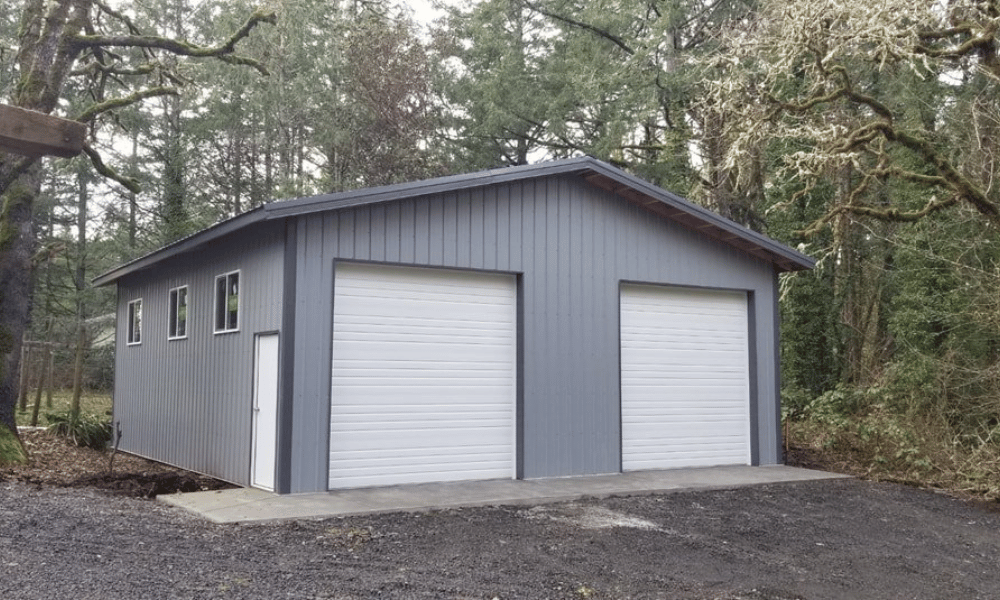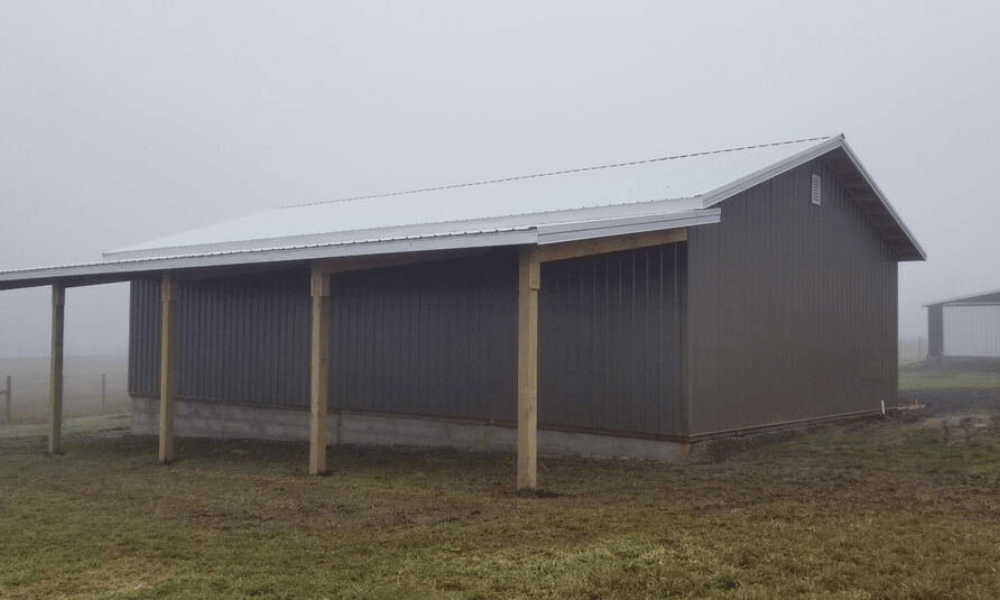Introduction
In recent years, the landscape of workspaces has dramatically shifted. With the rise of remote working, traditional office environments have been challenged to adapt or innovate. Enter pole barns: structures that have long been associated with agriculture but are now gaining popularity as co-working spaces in rural areas. This shift not only transforms how we think about work but also reinvigorates rural economies by fostering community and collaboration. Can a pole barn really serve as an effective co-working space? Absolutely! Let's dive into this exciting trend that’s reshaping our understanding of productivity, creativity, and community.
What Are Pole Barns?
Defining Pole Barns
Pole barns, essentially large structures built primarily using wooden poles for support, offer a versatile solution for various applications. Initially designed for agricultural use—like housing livestock or storing equipment—these buildings are now being reimagined as functional spaces for businesses and creative endeavors alike.
The Structure and Design
Key Features of Pole Barns:
- Materials: Typically constructed from wood, metal siding, or roofing. Cost-Effective: Lower construction costs compared to traditional buildings. Customizable: Easily adaptable to meet specific needs. Durability: Designed to withstand harsh weather conditions.
The Evolution of Workspaces
From Cubicles to Co-Working Spaces
Workspaces have evolved from rigid cubicles to open-concept areas that promote collaboration. Co-working spaces embody this transformation by providing flexible environments where people can work independently yet still be part of a community.
The Rise of Remote Work Culture
The COVID-19 pandemic accelerated the remote work trend, leading many companies to rethink their real estate investments. As employees sought more flexibility, rural areas became appealing options due to lower living costs and a quieter atmosphere.

Pole Barns as Co-Working Spaces: A New Trend in Rural Areas
Why Choose Pole Barns?
Pole barns offer a unique blend of functionality and charm that makes them an attractive choice for co-working spaces. The rustic aesthetic combined with modern amenities creates an inspiring environment conducive to productivity.
Community Connection and Collaboration
By converting pole barns into co-working spaces, rural communities can foster connections among local entrepreneurs and freelancers. These shared environments encourage collaboration and networking opportunities that can lead to innovative ideas and partnerships.
Benefits of Using Pole Barns as Co-Working Spaces
Affordability and Accessibility
One of the most significant advantages of using pole barns is their affordability. The cost savings on construction allow business owners to invest more in amenities or technology.
Flexible Layout Options
Pole barns can be customized to fit various layouts—whether you need quiet private offices or open collaborative areas. This flexibility caters to diverse work styles.
Natural Light and Ventilation
With high ceilings and spacious designs, many pole barns feature large windows that bring in natural light—essential for creating a pleasant workspace that enhances mood and productivity.
Design Considerations for Pole Barn Co-Working Spaces
Creating Functional Work Zones
When transforming a pole barn into a co-working space, consider zoning areas:
- Quiet Zones: Designated spots for focused work. Collaboration Areas: Spaces equipped with whiteboards or meeting tables.
Incorporating Technology
High-speed internet is essential for any modern workspace. Ensure your pole barn is equipped with reliable Wi-Fi and charging stations throughout the space.
Sustainability in Design: An Eco-Friendly Approach
Environmentally Conscious Materials
Using reclaimed wood or sustainable materials not only reduces environmental impact but also adds character to the space.
Energy Efficiency Features
Incorporate energy-efficient lighting systems and HVAC solutions in your pole barn design to create an eco-friendly workspace that aligns with today’s values.
Case Studies: Successful Pole Barn Co-Working Spaces Across the Country
Example 1: Rustic Roots Co-Working Space (Texas)
This converted pole barn features open desks surrounded by agricultural decor that enhances creativity while providing all necessary tech amenities.
Example 2: The Greenhouse (New York)
A former storage facility transformed into a vibrant workspace that hosts workshops, meetings, and casual networking events—all within a beautifully designed pole barn structure.
Challenges of Converting Pole Barns into Co-Working Spaces
Zoning Laws and Regulations
Before embarking on your project, it’s crucial to understand local zoning laws regarding building usage. Some regulations may restrict turning agricultural structures into commercial spaces.
Initial Investment vs Long-Term Benefits
While upfront costs may seem daunting, investing in a well-designed pole barn will pay off through reduced operational costs over time.
Marketing Your Pole Barn Co-Working Space Effectively
Branding Your Space
To attract potential tenants or members, it’s essential to create a strong brand identity around your co-working space emphasizing its unique features like community focus or rustic charm.
Digital Marketing Strategies
Utilize social http://alexisnrxq501.yousher.com/unlocking-the-potential-of-your-property-with-a-versatile-pole-barn media platforms like Instagram or Facebook showcasing your space’s unique aesthetics while promoting upcoming events or workshops tailored for freelancers or entrepreneurs.
How To Build A Community Within Your Space
Organizing Events & Workshops
Regularly scheduled events encourage networking among members while fostering collaboration—essential elements for thriving communities.
Feedback Mechanisms
Implement processes allowing members to provide feedback on facilities ensuring continual improvement aligning with their needs.
FAQs About Using Pole Barns as Co-Working Spaces
What are the benefits of using pole barns as co-working spaces?- They are cost-effective, customizable, durable, provide flexible layouts suitable for both quiet zones & collaborative areas!
- Yes! Local regulations vary; always check zoning laws before proceeding with conversion plans!
- Costs depend on size & amenities desired but generally remain lower than traditional office conversions due to material savings!
- Absolutely! Use eco-friendly materials & energy-efficient systems creating an environmentally conscious workspace!
- Definitely! Fast reliable internet connectivity is crucial ensuring smooth operations & enhancing member experience!
- You can host workshops networking events seminars anything promoting interaction among members!
Conclusion
As we explore new ways of working post-pandemic era embracing alternatives like “Pole Barns as Co-Working Spaces” stands out! Not only do these structures provide affordable flexible solutions they also foster community engagement while revitalizing rural economies! If you’re considering launching such an initiative remember—it takes creativity vision resilience—but ultimately leads rewarding experiences connecting individuals aspiring towards common goals amidst beautiful surroundings! So why wait? Join this exciting trend today transforming rustic charm into productive havens right here where communities thrive effortlessly together!
